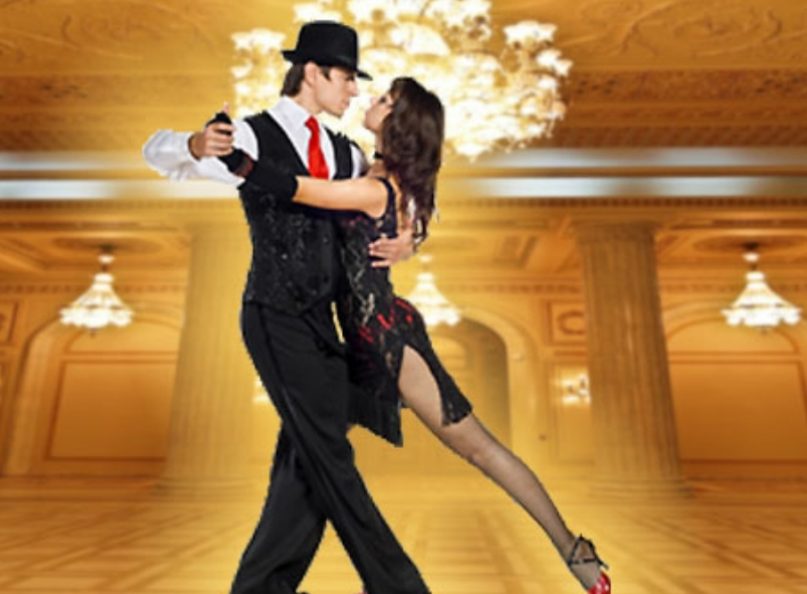
It doesn’t even matter if you do it badly or well.
What’s a quick, easy way to improve your mood, productivity, brain functions, and physical health?
Take a five-minute dance break. If you do it with your team, you’ll not only improve their brain function, mood and health, you’ll improve their teamwork as well.
That’s the finding from years of research by dance psychologist, showing an audience through a few dance moves that are shown to improve cognition and problem-solving.
Lovatt pioneered the field of dance psychology after a personal revelation. As a school child in the 1970s, he had trouble learning to read by the traditional teaching method–which was the only method available at the time. “As a consequence, I went through school failing over and over again,” he says. “I failed all my written exams and I wasn’t submitted to take an exam in some subjects, such as history and geography, because I was deemed too stupid to succeed in those subjects. I left school as a certified failure.”
Along the way, Lovatt had discovered a love of dance, and so he became a professional dancer, working in musical theater and in a dance troupe. One day, it dawned on him that he could memorize two hours’ worth of complex dance moves, whereas musicians in the show had to work from a score and even the actors might forget a line and need prompting. “And I thought, ‘Gosh, I can’t be stupid if I’m capable of learning that amount of content.'”
Armed has created the dance psychology lab at the University of Hertfordshire in the UK and ran it for 15 years, conducting hundreds of experiments in how dance affects people’s brains, bodies, and moods. He learned that dance is an inborn, fundamental human activity, something our ancestors did even before they had invented spoken language. It’s also something even pre-verbal children will do by instinct.
And, he says, dance is a fantastic thing to do in the workplace because it benefits you and your employees in four different ways:
1. Cognitive.
In experiments, subjects were given two problem-solving tasks with a break in between, during which some of them danced and others didn’t. Those who danced performed better on the second set of tests.
Not only that, Lovatt says, but different types of dancing improve different types of cognition. For convergent problem-solving, in which you must arrive at a single right answer (multiplying 43 by 9, for example), learning specific dance steps or movements will help the most, Lovatt’s research shows.
2. Mood.
Dancing has an immediate and positive effect on mood that can be measured through hormonal changes and reduction in inflammatory markers, Lovatt says. And while inflammation is useful as the body’s response to an injury or trauma, in an otherwise healthy person, inflammation is associated with many serious illnesses, such as cancer and heart disease. “It changes those inflammation markers when you make people happier,” he says.
That helps cognition as well. “When people are in a better emotional state, it improves their problem-solving ability,” he notes.
3. Social.
There’s good reason why people in every culture and in every part of the world have gathered to dance in groups throughout human history, Lovatt says. “There are fantastic studies of young children when you bounce babies in time with other people. When you move together rhythmically, you increase levels of pro-social behavior. They become more cooperative and they bond together. They’ve shown it in adults as well.”
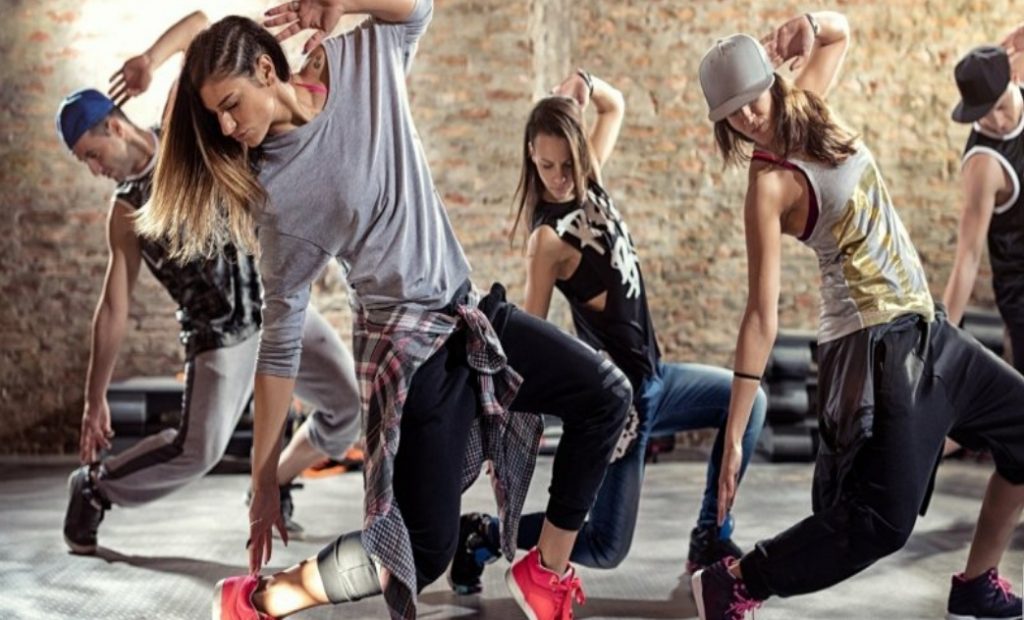
For work teams, moving together in rhythm as a similar effect. “That’s fantastic because if we’re trying to solve a problem together, we need to find a rhythm in the workplace and bond together,” he says.
4. Physical.
It’s well known that for knowledge workers who sit at desks or computers all day, taking occasional breaks for physical activity of any kind will enhance well-being and health. Lovatt says it will improve cognition as well. “When people are sitting for hours, they stop processing information so well,” he says. “For screen-based office workers, that’s not great.”
People may move around the office in the course of doing their jobs, he notes. “Often, those are very functional movements, but to get the benefits we need to do something other than functional movements. So, if you’re walking to the photocopier, why not do a little step-ball-change on the way?”
Of course, this last suggestion points up a potential issue with dancing in the workplace–the embarrassment factor. Whether this is a problem or not depends entirely on an organization’s culture. Lovatt says some workplaces have regular Wednesday afternoon dance parties, while at others, dancing of any kind is unacceptable. For the latter group, Lovatt often gets around these objections by calling what he teaches “movement” rather than “dance,” or by coming at it in a different way.
For example, working with 12-year-old boys who would rather be tortured than must dance, Lovatt instituted imaginary fencing, in which each boy pretended to hold a foil, and they moved backward and forward together as each advanced or retreated in a pretend battle. “It’s improvised and shared movement, but it’s not dancing,” he explains. In a law firm where the attorneys refused to dance, he simply had them walk from one end of the room to the other and back again. By the third time, he said, they were walking in step, improvising movement together, though not dancing. Likewise, he recommends a simple exercise called “stand, shake, sync, and smile,” in which you stand up, shake your body, synchronize your movements either to music or to other people, and then, well, smile.
“It’s very easy to ridicule dancing as something meant for only one part of society,” he says. “You ask men why they don’t dance, and they’ll say, ‘I’m not gay,’ or that they’re not part of some ethnic group.” But that’s all wrong, he says. “We are literally all born to dance.”
Source: Minda Zedlin








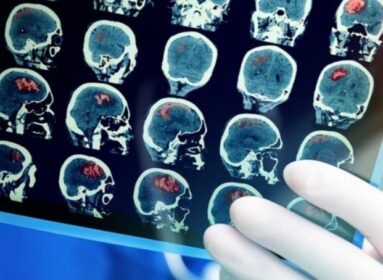





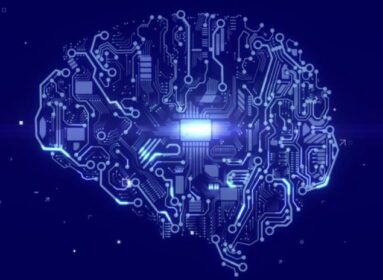


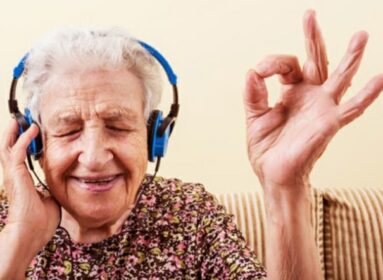
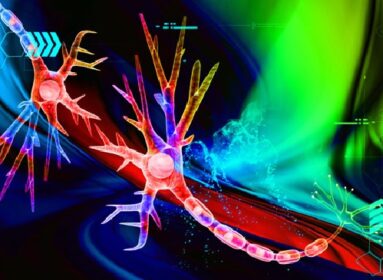

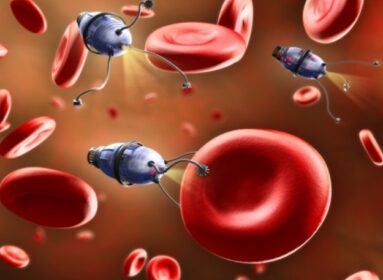


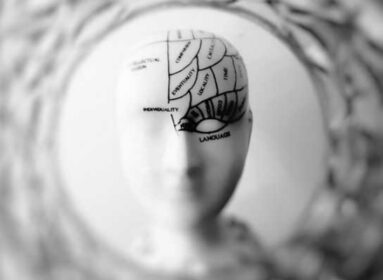








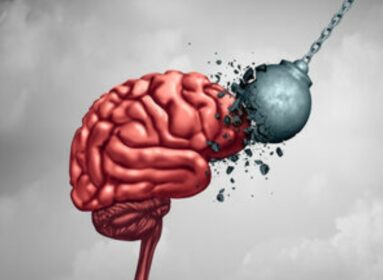
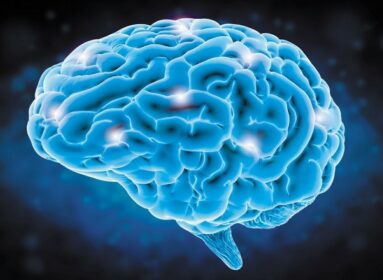

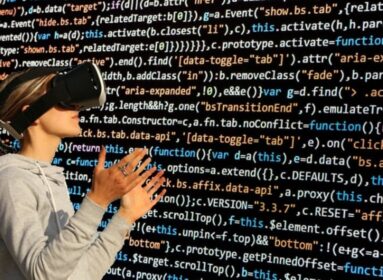


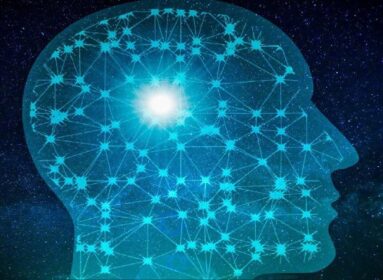
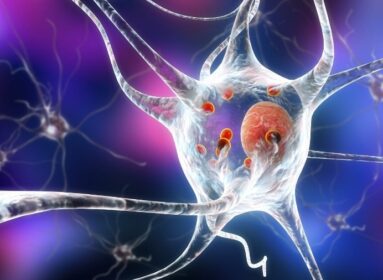


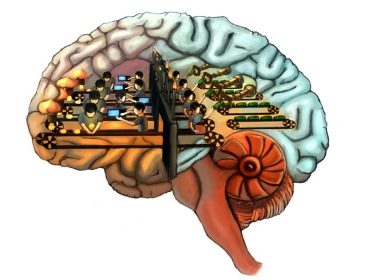






















Comments are closed.